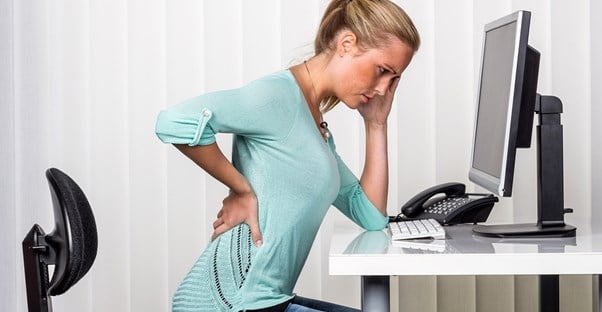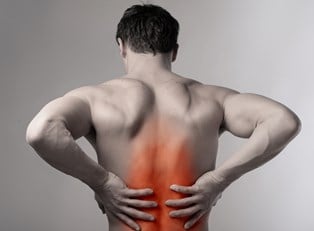Lower back pain, also called lumbago, is a very common condition that affects more than 3 million people in the U.S. every year. It usually affects the lower portion of the spine and can be very painful.
Causes
Severe lower back pain is usually caused by an injury to a ligament or a muscle. Injuries to muscles are referred to as strains, and these are the most common causes of acute back pain. Injuries to ligaments are referred to as sprains, and these can also contribute to lower back pain. The most common factors that can lead to lower back injuries include poor posture, arthritis, improper lifting, fracture, lack of regular exercise, and ruptured discs.
Younger adults are more likely to experience lower back pain that is related to the disc space, such as a lumbar disc herniation, or from a back muscle strain. However, adults over the age of 60 are more likely to experience severe lower back pain from joint degeneration, including osteoarthritis or spinal stenosis, or compression fractures.
Symptoms
Symptoms for lower back pain can start with pain in the back, tailbone, muscle, leg, or hip. It is also common for lower back pain to lead to muscle spasms in the back or leg numbness, depending on the cause for the pain.
Treatments
Most of the time, lower back pain will get better on its own within a few weeks. However, treatment will vary depending on the origin, severity, and type of pain you are experiencing. There are some things you can do at home to try to relieve any lower back pain you have.
- Rest – Perhaps the most effective way to help with pain in the lower back, sometimes just stopping any activity for a few days can allow any injuries to heal, which can, in turn, bring you some relief from the pain. However, it is important to know that more than a few days of rest can do more harm than good. Excessive amounts of rest can lead to weakening of your muscles that will not be able to sufficiently support the spine. This can end up being the cause of more back pain. If you do not exercise enough to build flexibility and strength, you are at a higher risk for developing recurrent or prolonged back pain.
- Heat or ice packs – Both cold and warmth can be used alternatively to reduce inflammation, which might bring relief for your back pain.
- Medications – There are many different medications available for the symptoms of severe lower back pain, available both over-the-counter and by prescription, when exercise is not effective. Medications might work by reducing inflammation or by blocking pain signals in the brain. See your doctor to find out which route would work best for you.
If your severe lower back pain remains consistent for several weeks or months or gets worse, your doctor might recommend that you undergo more diagnostic procedures or physical therapy exercises. He or she may also recommend evaluation for some surgeries that have proven to be effective.




